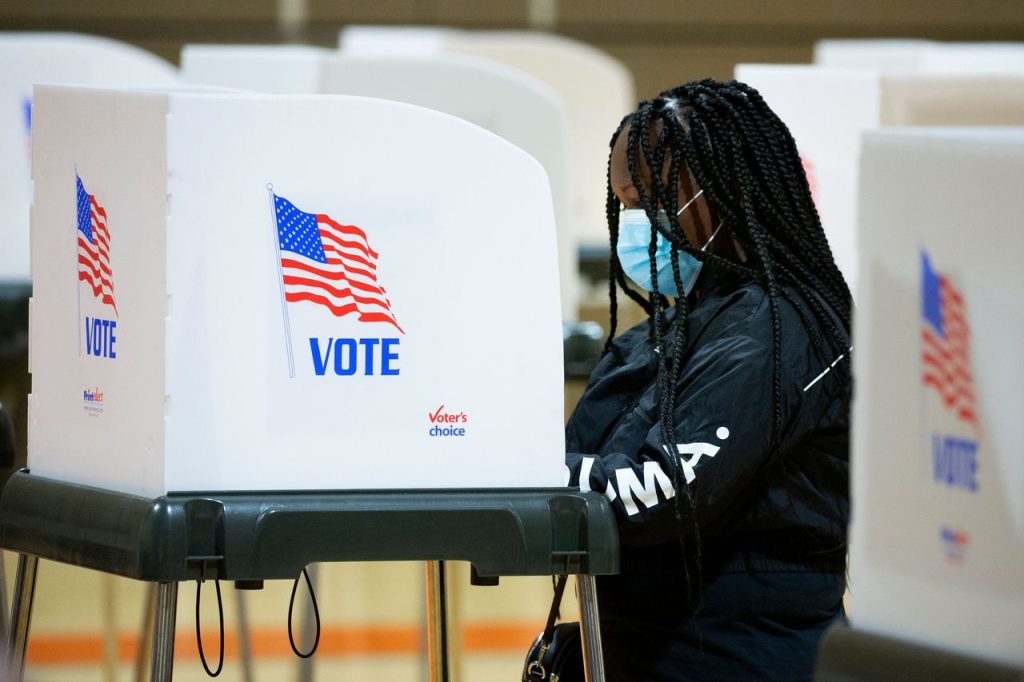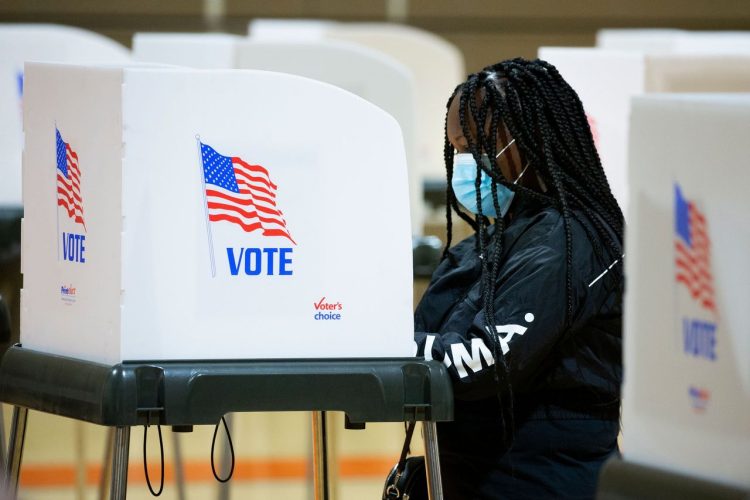Elections are the cornerstone of democratic societies, yet traditional electoral systems—whether paper-based or electronic—are frequently criticized for their vulnerability to fraud, manipulation, lack of transparency, and limited voter trust. In many parts of the world, allegations of vote tampering, voter suppression, and lack of accountability have eroded confidence in electoral outcomes.
Blockchain technology offers a paradigm shift in how elections can be conducted. By enabling decentralized, immutable, and transparent data recording, blockchain has the potential to make voting systems more secure, inclusive, auditable, and tamper-resistant—laying the foundation for trustworthy digital democracies.
1. Problems with Traditional Election Systems
Traditional voting mechanisms—whether manual ballot boxes or centralized electronic voting machines—suffer from numerous issues:
- Centralized control: A small group of administrators can potentially manipulate voter data or results.
- Lack of transparency: Voters cannot independently verify that their votes were counted correctly.
- Delayed results: Manual counting and verification slow down the reporting process.
- Fraud and tampering: Ballot stuffing, vote buying, double voting, and data breaches are ongoing concerns.
- Limited accessibility: Remote or disabled voters often face barriers to participation.
- High cost and logistical complexity: Managing polling places, physical ballots, and election workers is resource-intensive.
These limitations hinder not only efficiency but public trust in democratic institutions.
2. Core Advantages of Blockchain in Electoral Systems
Blockchain can redefine voting infrastructure by offering key technical and governance benefits:
A. Immutability and Tamper Resistance
Once votes are recorded on a blockchain, they cannot be altered or deleted. Each vote becomes a cryptographically secure transaction, creating a permanent audit trail that cannot be manipulated by insiders or hackers.
B. Transparency and Verifiability
Blockchain enables publicly verifiable election processes:
- Voters can confirm that their vote was recorded and counted (without revealing their identity).
- Observers and auditors can review the entire process in real time.
- No need to trust a central authority—trust is distributed across the network.
C. Decentralization
By distributing control across a network of independent nodes (e.g., civil organizations, academic institutions, electoral watchdogs), blockchain eliminates single points of failure and central control.
D. End-to-End Security
Using cryptography, zero-knowledge proofs, and digital signatures, blockchain can ensure:
- Only eligible voters can vote (identity verification)
- Each voter can vote only once (double voting prevention)
- The contents of the vote remain private, but its validity is publicly verifiable
E. Accessibility and Inclusion
Blockchain-based voting platforms can enable:
- Remote voting via secure mobile or web applications
- Greater participation from overseas citizens, the elderly, or those in conflict zones
- Reduced need for physical polling stations and logistics
3. How a Blockchain Voting System Works (Step-by-Step)
1. Voter Registration
- Citizens register using a secure digital identity, possibly linked to government-issued credentials, biometric data, or decentralized identity (DID) systems.
- The identity is cryptographically hashed and stored on the blockchain to prevent tampering.
2. Vote Casting
- Voters receive a unique, one-time-use voting token linked to their identity.
- Through a secure app or portal, they cast their vote, which is:
- Encrypted for privacy
- Signed digitally to prove authenticity
- Broadcast to the blockchain network
3. Vote Recording
- The vote is stored as a transaction in a block, timestamped and verified by consensus.
- It becomes immutable and traceable, yet anonymized using cryptographic protocols.
4. Vote Counting
- Votes can be counted in real time as transactions are validated.
- Results are transparent and can be verified by anyone without compromising voter privacy.
5. Auditing and Dispute Resolution
- Smart contracts can be used to trigger automated audits if anomalies are detected.
- Full transparency of the ledger ensures that disputes can be resolved with cryptographic evidence.
4. Real-World Implementations and Pilots
Several governments and organizations have experimented with blockchain voting:
- Estonia: While not fully blockchain-based, Estonia has pioneered secure digital voting infrastructure integrated with its e-governance system.
- Voatz (USA): Used in small-scale elections (e.g., West Virginia pilot for overseas voters), offering blockchain-based mobile voting with biometric verification.
- Follow My Vote (USA): A blockchain platform designed to ensure end-to-end verifiability and public transparency in elections.
- Sierra Leone: Conducted the first blockchain-verified election results in 2018 as part of a pilot with Agora Technologies.
- Switzerland: Explored blockchain voting at the municipal level with strong emphasis on transparency and legal oversight.
These early-stage trials demonstrate blockchain’s potential but also highlight the need for rigorous testing, regulatory clarity, and cybersecurity standards.

5. Enhancing Fairness Through Blockchain
Equal Access
- Mobile-first blockchain platforms can reach disenfranchised groups in rural or underserved areas.
- Multilingual, accessibility-compliant interfaces can accommodate a broader voter base.
Dispute Reduction
- Tamper-proof records reduce post-election disputes, recount demands, and litigation.
- All voting data is timestamped, signed, and traceable without violating privacy.
Voter Empowerment
- Voters can verify that their vote was cast and counted without knowing anyone else’s vote.
- Encourages civic engagement by increasing trust in the system.
Resilience to Censorship
- In authoritarian or unstable regimes, blockchain provides a resilient infrastructure for fair elections, even without central government cooperation.
6. Challenges and Considerations
Technical Barriers
- Blockchain infrastructure must scale to handle millions of transactions securely and quickly.
- Network latency, throughput, and node distribution must be optimized.
Digital Identity Verification
- A secure, privacy-preserving method of verifying voter identity is crucial.
- Integration with national ID systems or biometric credentials may be required.
Voter Privacy
- Ensuring anonymity while preserving traceability is complex.
- Technologies such as homomorphic encryption, ring signatures, or zero-knowledge proofs must be implemented.
Accessibility and Usability
- Voter interfaces must be intuitive and accessible for all demographics, including non-technical users and the disabled.
Legal and Regulatory Acceptance
- Electoral laws must evolve to accommodate blockchain voting.
- Legal recognition of digital signatures, smart contracts, and electronic votes varies across jurisdictions.
Risk of Coercion or Vote Buying
- Remote voting may increase vulnerability to coercion or selling of votes if privacy cannot be guaranteed.
7. The Road Ahead: A Hybrid Approach
The most practical model in the near term may be hybrid voting systems, where:
- Blockchain is used for vote verification, tallying, and auditability
- Traditional methods are used for identity verification and voter registration
- Offline fallback mechanisms are available in case of digital failure
This ensures redundancy, inclusivity, and confidence while progressively integrating blockchain benefits.
Conclusion
Blockchain holds enormous promise for revolutionizing elections by making them more transparent, secure, and fair. Through immutable records, cryptographic identities, decentralized infrastructure, and verifiable processes, it can restore trust in democratic systems and expand access to political participation.
While significant challenges remain—technological, legal, and social—the path toward blockchain-powered digital democracy is becoming clearer. When implemented responsibly, blockchain can make elections not only faster and cheaper, but also truly verifiable, inclusive, and immune to manipulation—laying the foundation for a more accountable future.


















































